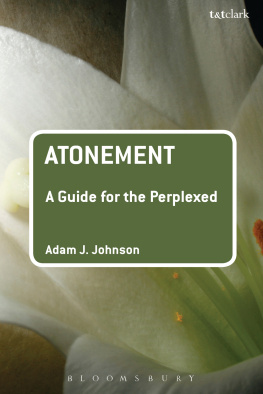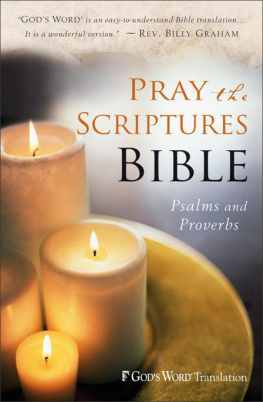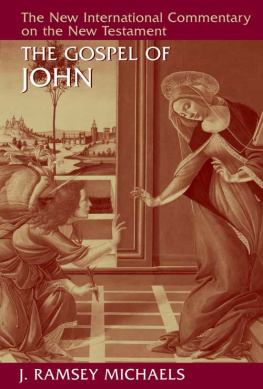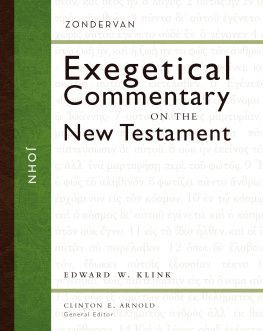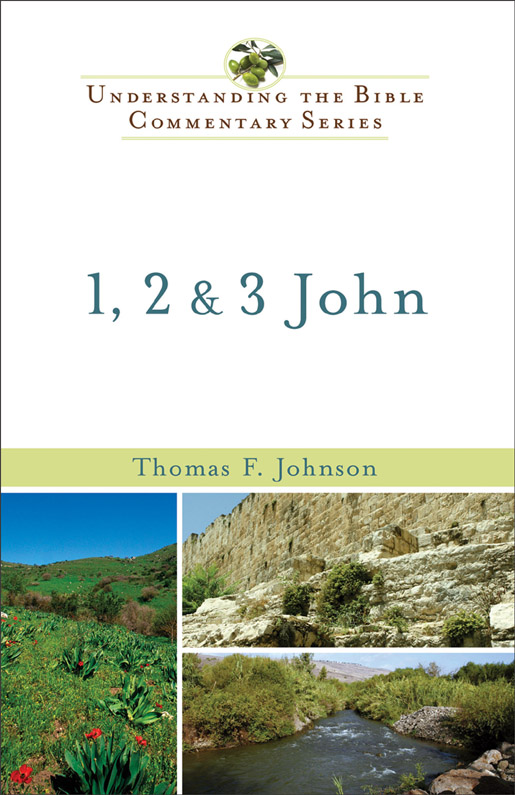1, 2, and 3 John
Thomas F. Johnson

a division of Baker Publishing Group
Grand Rapids, Michigan
1993 by Thomas F. Johnson
Published by Baker Books
a division of Baker Publishing Group
P.O. Box 6287, Grand Rapids, MI 49516-6287
www.bakerbooks.com
Previously published jointly in 1995, in the United States by Hendrickson Publishers, and in the United Kingdom by the Paternoster Press.
Baker Books edition published 2011
Ebook edition created 2011
All rights reserved. No part of this publication may be reproduced, stored in a retrieval system, or transmitted in any form or by any meansfor example, electronic, photocopy, recordingwithout the prior written permission of the publisher. The only exception is brief quotations in printed reviews.
ISBN 978-1-4412-3648-7
Library of Congress Cataloging-in-Publication Data is on file at the Library of Congress, Washington, DC.
Scripture quotations are from the Holy Bible, New International Version. NIV. Copyright 1973, 1978, 1984 by Biblica, Inc. Used by permission of Zondervan. All rights reserved worldwide. www.zondervan.com
for
Bill Christenson,
Jack Nyenhuis,
George Eldon Ladd,
and
D. Moody Smith,
who taught me to love and understand the Scriptures.

U NDERSTANDING THE B IBLE
C OMMENTARY S ERIES
G ENERAL E DITORS
W. Ward Gasque
Robert L. Hubbard Jr.
Robert K. Johnston
Table of Contents
Although it does not appear on the standard best-seller lists, the Bible continues to outsell all other books. And in spite of growing secularism in the West, there are no signs that interest in its message is abating. Quite to the contrary, more and more men and women are turning to its pages for insight and guidance in the midst of the ever-increasing complexity of modern life.
This renewed interest in Scripture is found both outside and inside the church. It is found among people in Asia and Africa as well as in Europe and North America; indeed, as one moves outside of the traditionally Christian countries, interest in the Bible seems to quicken. Believers associated with the traditional Catholic and Protestant churches manifest the same eagerness for the Word that is found in the newer evangelical churches and fellowships.
We wish to encourage and, indeed, strengthen this worldwide movement of lay Bible study by offering this new commentary series. Although we hope that pastors and teachers will find these volumes helpful in both understanding and communicating the Word of God, we do not write primarily for them. Our aim is to provide for the benefit of every Bible reader reliable guides to the books of the Biblerepresenting the best of contemporary scholarship presented in a form that does not require formal theological education to understand.
The conviction of editor and authors alike is that the Bible belongs to the people and not merely to the academy. The message of the Bible is too important to be locked up in erudite and esoteric essays and monographs written only for the eyes of theological specialists. Although exact scholarship has its place in the service of Christ, those who share in the teaching office of the church have a responsibility to make the results of their research accessible to the Christian community at large. Thus, the Bible scholars who join in the presentation of this series write with these broader concerns in view.
A wide range of modern translations is available to the contemporary Bible student. Most of them are very good and much to be preferredfor understanding, if not always for beautyto the older King James Version (the so-called Authorized Version of the Bible). The Revised Standard Version has become the standard English translation in many seminaries and colleges and represents the best of modern Protestant scholarship. It is also available in a slightly altered common Bible edition with the Catholic imprimatur, and the New Revised Standard Version appeared in 1989. In addition, the New American Bible is a fresh translation that represents the best of post-Vatican II Roman Catholic biblical scholarship and is in a more contemporary idiom than that of the RSV .
The New Jerusalem Bible, based on the work of French Catholic scholars but vividly rendered into English by a team of British translators, is perhaps the most literary of the recent translations, while the New English Bible is a monument to modern British Protestant research. The Good News Bible is probably the most accessible translation for the person who has little exposure to the Christian tradition or who speaks and reads English as a second language. Each of these is, in its own way, excellent and will be consulted with profit by the serious student of Scripture. Perhaps most will wish to have several versions to read, both for variety and for clarity of understandingthough it should be pointed out that no one of them is by any means flawless or to be received as the last word on any given point. Otherwise, there would be no need for a commentary series like this one!
We have chosen to use the New International Version as the basis for this series, not because it is necessarily the best translation available but because it is becoming increasingly used by lay Bible students and pastors. It is the product of an international team of evangelical Bible scholars who have sought to translate the Hebrew and Greek documents of the original into clear and natural English idiomatic [and] contemporary but not dated, suitable for young and old, highly educated and less well educated, ministers and laymen [sic]. As the translators themselves confess in their preface, this version is not perfect. However, it is as good as any of the others mentioned above and more popular than most of them.
Each volume will contain an introductory chapter detailing the background of the book and its author, important themes, and other helpful information. Then, each section of the book will be expounded as a whole, accompanied by a series of notes on items in the text that need further clarification or more detailed explanation. Appended to the end of each volume will be a bibliographical guide for further study.
Our new series is offered with the prayer that it may be an instrument of authentic renewal and advancement in the worldwide Christian community and a means of commending the faith of the people who lived in biblical times and of those who seek to live by the Bible today.
W. W ARD G ASQUE
This commentary has been fifteen years in the thinking and four years in the writing. I became interested in the letters of John as a graduate student in the late 1970s at Duke University, under the mentorship of D. Moody Smith. His insightful exposition of the Johannine literature and his interest in their historical and cultural setting stimulated my dissertation research into the unusually antithetical language of the epistles of John. The social science categories of social conflict and sect helped me understand this phenomenon, though social science explanation was and is only one helpful lens through which to view NT documents. For the next ten years I taught the Gospel and letters of John in college and in seminary, along with other NT subjects, including my first love, New Testament theology. The passion for theology came from a student assistantship of two years at Fuller Seminary with the late George Eldon Ladd. I received the generous offer to write this commentary the day after I had been chosen as president of Sioux Falls College. That was more than four years ago. I owe W. Ward Gasque, Patrick Alexander, Phil Frank, and the other editorial staff at Hendrickson Publishers my gratitude not only for their confidence in me as an author but also for their patience as I worked on this wonderful project during summers, spring breaks, and holidays.





